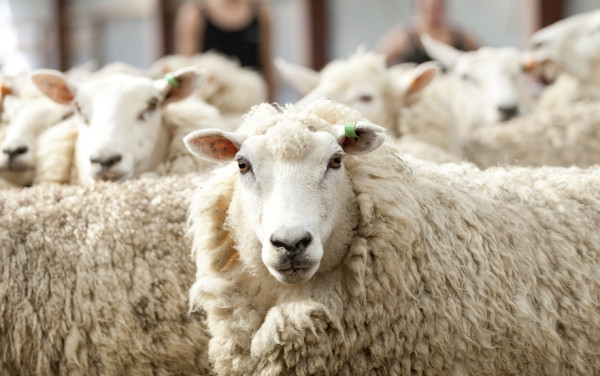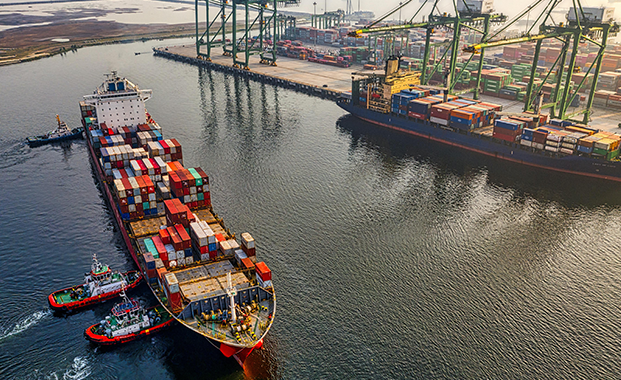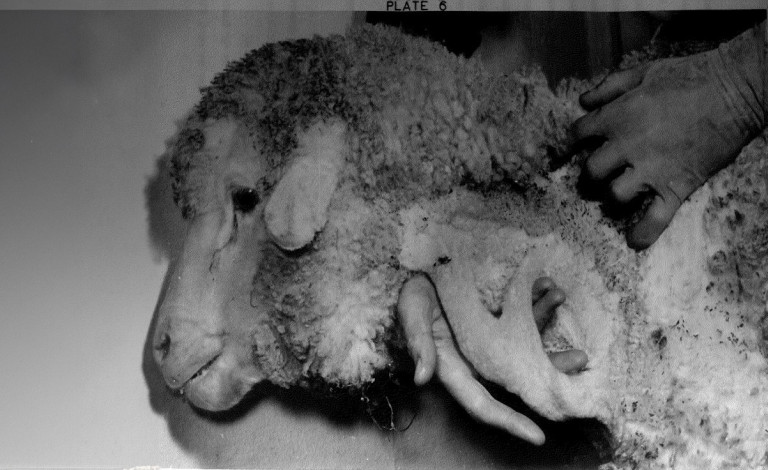What will an Australian live sheep export ban mean for the industry?
20 May 2024 | News
This month the federal government announced a plan to ban live sheep exports, set to come into effect from May 1 2028.
The announcement coincided with the release of a highly anticipated report by an independent panel set up to examine the issue.
Animal welfare advocates immediately hailed the news, having long campaigned for a ban.
But farming organisations have expressed deep concerns about its potential impact on the sector. They’ve also argued the four-year transition window won’t be nearly enough time to adjust.
Despite being something of an early mover, Australia is not the first country to implement a live export ban.
Neighbouring New Zealand imposed a total ban on live animal exports, which came into full effect in April last year.
In December, the United Kingdom also put forward legislation to ban live exports for slaughter and fattening. The issue continues to gain momentum across the European Union.
So are such bans really a death knell for the sheep industry, as is sometimes argued, or just an inevitable part of a necessary transition?
A deepening urban–rural divide
One of the earliest impacts of this proposal has been to ramp up tensions in Australia between state and federal governments, as well as between urban and rural communities.
Western Australia singlehandedly accounts for 99% of Australia’s live sheep exports. Groups opposed to the ban have framed it as just another example of Australia’s “inner city” east coast dictating terms to rural Western Australians.
Read the full article published on The Conversation website by Professor Alan Renwick … here >>>
Sign up to receive The Conversation newsletter here >>



